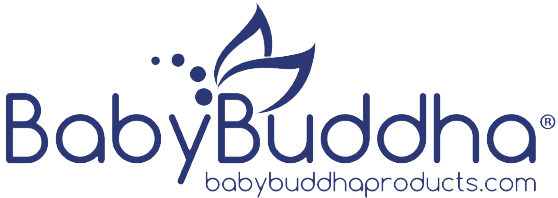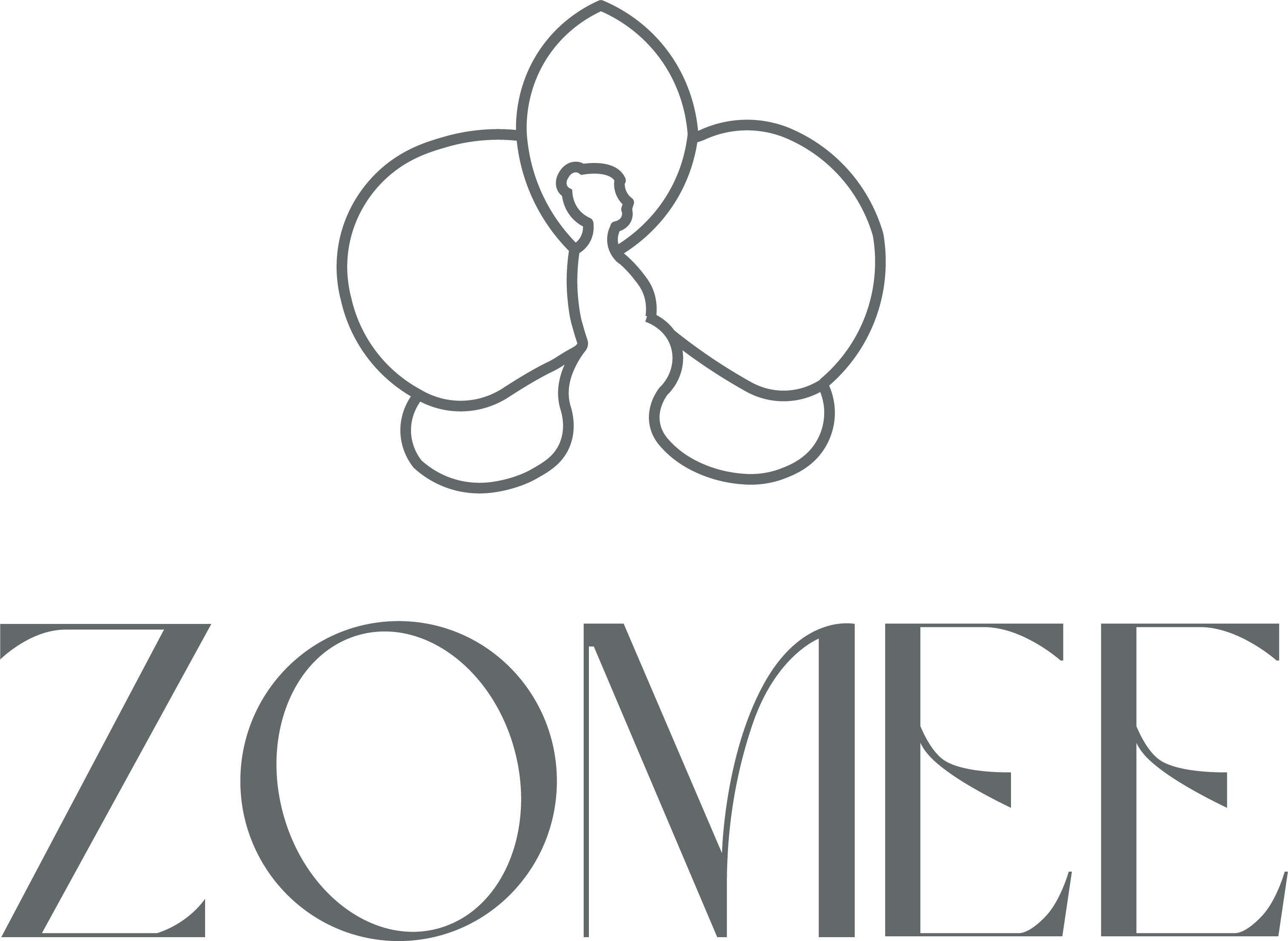A New Parent’s Guide To Cluster Feeding

The newborn stage can be tough, especially when it feels like your baby is feeding nonstop. You nurse them, and just when you think they’re done, they’re ready to feed again. It can be hard to tell if they’re hungry, needing comfort, or if it’s just a phase. All the frequent feedings can leave you feeling exhausted and unsure when it will end.
But you’re not alone in this; many moms experience cluster feeding with their babies, and it’s completely normal.
In this Mama Talk, we’ll give you practical tips to handle those long, frequent feeds and help you figure out when it’s time to seek support if needed. You’re not alone, and we’ve got your back through this.
What Is Cluster Feeding?
Cluster feeding is when your baby suddenly wants to feed much more frequently, often in short, intense bursts over a couple of hours. This is different from your baby’s usual feeding pattern.
It usually happens during the first 3 to 4 weeks, but can also recur during growth spurts or developmental stages, sometimes in the first few months. During these times, your baby may want to feed more frequently, even to the point of seeming constantly hungry for short periods.
Signs Your Baby Might Be Cluster Feeding
Cluster feeding typically looks like this:
- Frequent, Short Sessions: Your baby feeds more often, typically in short bursts over a few hours.
- Breaks Between Feeds: They may have brief rests or naps in between feeding sessions.
- Pulling Off and Latching Back On: They might nurse for a few minutes, then pull off and latch back on repeatedly.
- Crying and Fussiness: Your baby might seem fussy or cry until they’re fed again.
Why Do Babies Cluster Feed?
Cluster feeding is a natural behavior, and there are several reasons why your baby might go through this phase:
- Growth Spurts: Babies often cluster feed during growth spurts as their bodies quickly change and need more nourishment.
- Comfort Needs: Sometimes, babies just need extra comfort, and feeding provides both nourishment and closeness.
- Developmental Stages: Babies often feed more during growth stages, as their body and environment changes.
Sometimes, all the reasons above can’t explain why your baby is cluster feeding. If that’s the case, it’s a good idea to connect with a lactation consultant for personalized advice and support.
How Cluster Feeding Fits Into a Normal Feeding Pattern?
Every baby has their own feeding rhythm, and cluster feeding is just one part of that. Some babies feed more frequently during the day, while others may have periods of cluster feeding, typically in the late afternoon or evening. This is a normal part of their growth and development.
Cluster feeding is your baby’s natural way of helping your body adjust milk supply to meet their changing needs. After starting, cluster feeding usually lasts for about 3-4 days, and the frequent feeding bursts become less intense as your baby’s routine matures and your body responds to their cues.
It’s a phase that will pass, so hang in there, you’re doing great!
Understanding the Difference Between Cluster Feeding and Low Milk Supply

It’s natural to worry that frequent feeding could indicate low milk supply, but cluster feeding and low supply are often misunderstood.
Below is a helpful comparison to understand how they are different:
| Sign | Cluster Feeding | Low Milk Supply |
| Feeding Pattern | Frequent feeds (every 30–60 mins) for a few hours or days | Long, unsatisfying feeds with short breaks in between |
| Baby Behavior | Hungry more often, wants comfort, fussy in evenings, but is generally content after feeds | May appear thin, lethargic, anxious, and not satisfied after feeds; may sleep excessively or struggle to latch |
| Weight Gain | Normal or above-average weight gain continues through periods | Slow weight gain; baby may not regain birth weight by day 10–14, or may lose more than 7% early on. |
| Duration | Lasts a few hours per day for 2–3 days; may repeat at key growth stages | Persistent issue until milk supply is increased or managed with support |
| Management | No need to supplement; feed on demand, and reassurance for mom | Requires evaluation by lactation consultant |
Tracking your baby’s wet diapers is another helpful way to know if they’re getting enough milk. Here’s a guide to the average number of wet diapers based on your baby’s age:
| Age | Typical Wet Diapers Per Day |
| Newborn | 1 to 2 |
| 4 to 5 days old | 4 to 6 |
| 1 to 2 months | 6 or more |
Also Read: Why Does My Breast Milk Smell When Pumping?
Do Formula-Fed Babies Experience Cluster Feeding Too?
Yes, formula-fed babies can also experience cluster feeding, though it might look a bit different from breastfeeding.
- Feeding Frequency: Formula-fed babies often go longer between feeds, but there may be times when they seem hungrier than usual and ask for bottles more often, and that’s completely normal.
- Feeding on Demand vs. Scheduled Feeds: If you usually follow a set schedule, it’s okay to be flexible during these phases. Some babies simply need more frequent feedings for a few days, and offering a bottle when they seem hungry can help keep them content and well-fed.
Making Cluster Feeding Easier for You and Your Baby

Here are some tips to help you manage the frequent feeding sessions while still taking care of yourself:
- Hydrate and Snack: Keep a bottle of water and snacks within reach to stay nourished and hydrated during cluster feeding sessions. This is especially important when you’re feeding frequently.
- Create a Comfortable Space: Set up a cozy feeding area where you can relax during cluster feeds. Consider watching TV, listening to podcasts, or even reading to make the time feel less like a task.
- Paced Bottle Feeding: If you’re bottle-feeding, try paced bottle feeding to allow your baby to take breaks and feed at a more natural pace.
- Get Support: Have a family member or friend hold your baby for a short break or offer assistance with other tasks so you can recharge.
- Take Breaks When You Can: During your baby’s nap time, take a few minutes to rest. If they’re awake but calm, you can lie down next to them, stretch, or take a short walk. Avoid household chores, and consider asking for help or hiring a housekeeper during the first few weeks postpartum.
- Use Comfortable Positions: Sit back and relax while feeding, or try nursing in a comfortable chair or while lying down if that works for you.
- Plan Ahead: If cluster feeding typically starts in the evening, consider preparing meals earlier in the day so you have less to worry about when things get busy.
Also Read: Breast Pumping Tips: Finding the Right Pump and Making It Work for You
When It Might Help To Reach Out For Professional Support
It’s important to attend your baby’s checkups to track growth and development. Here are some times when professional support might be needed:
- Weight Gain Concerns: If your baby isn’t gaining enough weight or if you’re worried about milk intake, consult your pediatrician or lactation consultant.
- Changes in Feeding Pattern: If there’s significant changes in your baby, such as feeding less frequently, not feeding for longer periods, or being consistently unsatisfied after feeding, it’s a good idea to seek advice from a professional.
- Signs of Illness: If your baby seems sick, lethargic, or has a fever, take them to the emergency room immediately.
Final Thoughts
Cluster feeding can be one of the more demanding parts of early parenthood, but it’s completely normal, and more importantly, it’s temporary.
It’s okay if some days feel harder than others. Try to rest when you can, stay hydrated, and don’t hesitate to lean on your support system.
You’re doing more than enough, even when it doesn’t feel like it. Be gentle with yourself. You’ve got this.
Frequently Asked Questions
- How do I know if my baby is cluster feeding or just hungry?
Cluster feeding often appears as short, frequent feedings over a few hours, especially in the evening. If your baby seems content after feeding and is gaining weight, it’s likely normal cluster feeding, not constant hunger. - Does cluster feeding mean I’m not producing enough milk?
Not necessarily. Frequent feeding is your baby’s natural way of increasing supply during growth phases. If the baby is producing enough wet diapers and gaining weight, your supply is likely sufficient. - How long does cluster feeding last?
Cluster feeding phases usually last a few days and are often linked to growth spurts. It may feel long, but it’s temporary. - Should I supplement with formula during cluster feeding?
If your baby is gaining weight and having enough wet diapers, supplementing isn’t usually needed. But if you’re unsure, a lactation consultant or pediatrician can guide you. - Can I pump during cluster feeding?
Yes, pumping can be helpful when you need a break, are returning to work, or simply want to pump milk for later. Having a supply ready can bring a sense of comfort and give you a bit more flexibility when you need it. - Do formula-fed babies also cluster feed?
Yes, they can. The pattern may look a bit different, but formula-fed babies may also have periods of more frequent feeding for comfort or growth.










